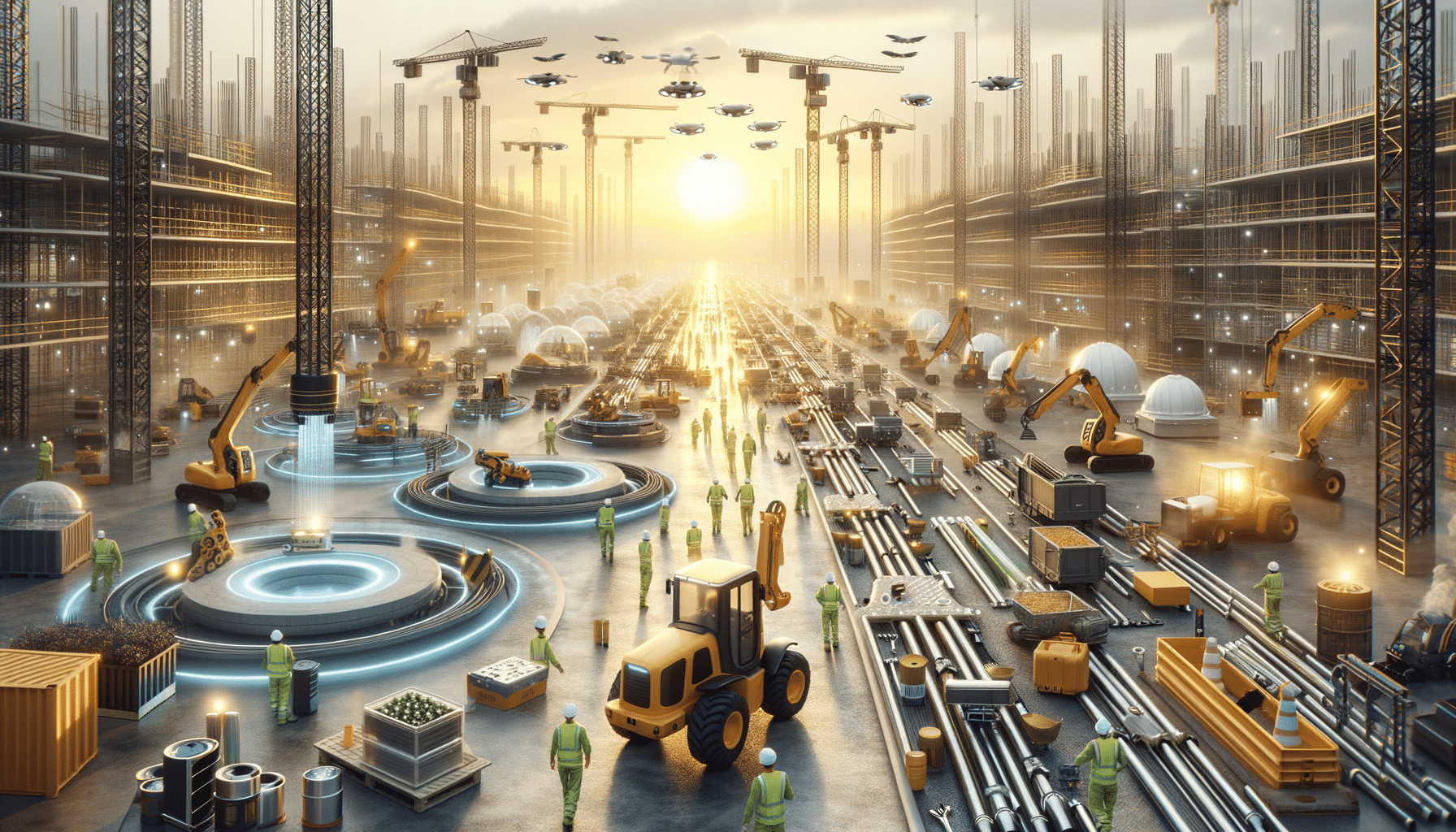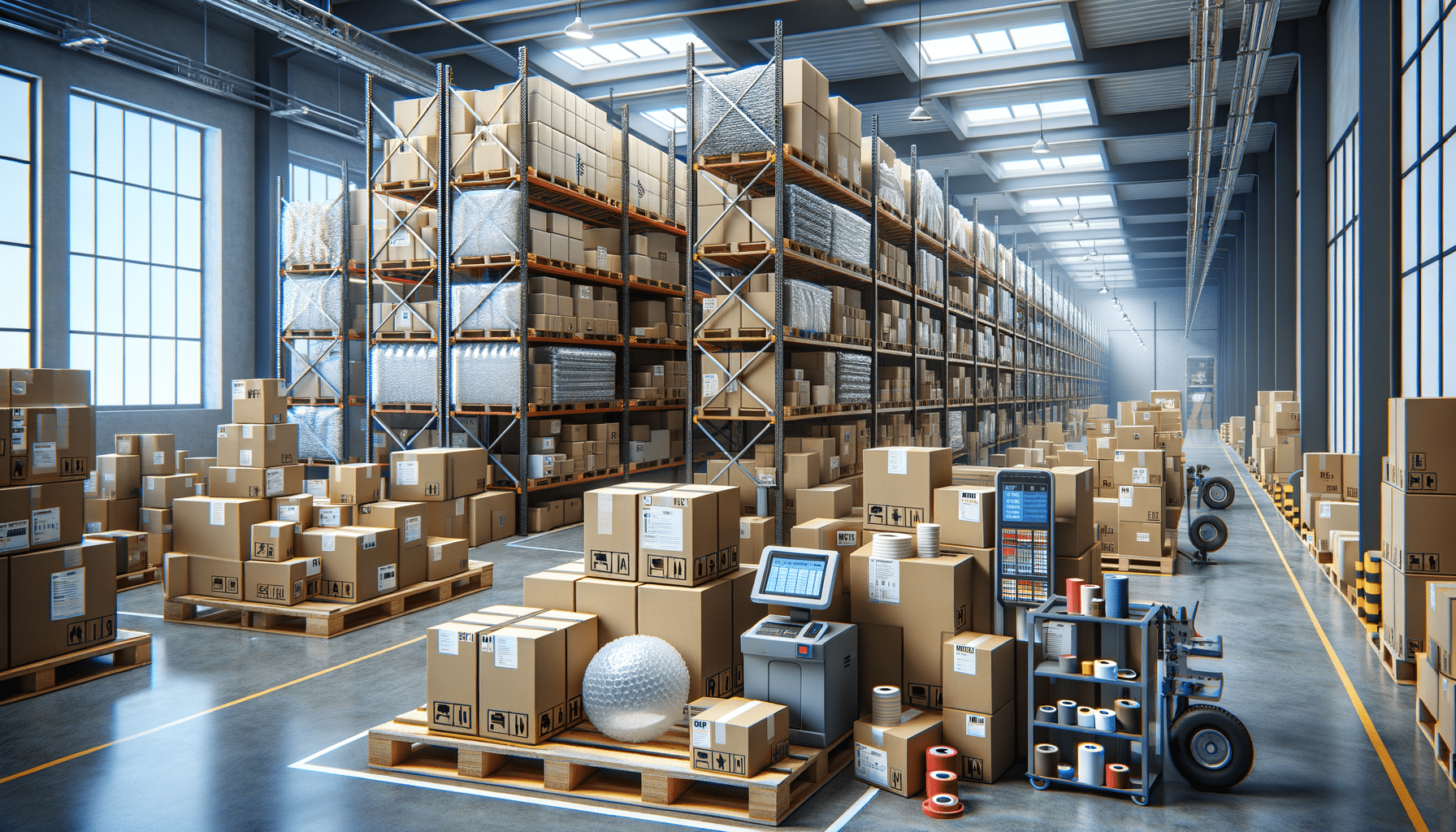
construction jobs in 2025: What You Should Know
Introduction to Construction Jobs in 2025
The construction industry has long been a cornerstone of economic development, providing essential infrastructure and housing solutions. As we look ahead to 2025, the landscape of construction jobs is set to evolve significantly. This article delves into the factors shaping the future of construction employment, including technological advancements, environmental considerations, and the ongoing demand for skilled labor. Understanding these dynamics is crucial for anyone considering a career in construction or looking to remain relevant in this ever-changing field.
The Impact of Technology on Construction Jobs
Technology is rapidly transforming the construction industry, introducing new tools and methodologies that enhance efficiency and safety. In 2025, we can expect to see a continued rise in the use of automation and robotics on construction sites. Drones, for instance, are becoming invaluable for surveying and monitoring project progress, reducing the need for manual labor in hazardous conditions. Additionally, Building Information Modeling (BIM) is revolutionizing project planning and execution by providing detailed 3D models that facilitate better collaboration and decision-making.
Moreover, the integration of artificial intelligence (AI) is streamlining project management by predicting potential delays and optimizing resource allocation. As a result, construction workers are increasingly required to possess digital literacy and technical skills to operate these advanced systems. This shift not only enhances productivity but also opens up new job opportunities in tech-focused roles within the construction sector.
Environmental Considerations in Construction Employment
With growing awareness of climate change and sustainability, the construction industry is under pressure to adopt greener practices. In 2025, eco-friendly construction methods will be more prevalent, driven by both regulatory requirements and consumer demand. This shift is creating a demand for workers skilled in sustainable building techniques, such as using recycled materials and implementing energy-efficient systems.
Construction jobs are also likely to involve more work in retrofitting existing structures to improve their environmental performance. This includes installing solar panels, upgrading insulation, and integrating smart technologies that optimize energy use. As a result, workers with expertise in green construction will be highly sought after, as companies strive to meet environmental standards and reduce their carbon footprint.
Addressing the Skilled Labor Shortage
The construction industry has been grappling with a shortage of skilled labor, a challenge that is expected to persist into 2025. This shortage is partly due to an aging workforce and a lack of interest among younger generations in pursuing construction careers. To address this issue, industry stakeholders are focusing on improving training programs and promoting the diverse career opportunities available within the sector.
Apprenticeships and vocational training are becoming more accessible, providing hands-on experience and a pathway to well-paying jobs. Additionally, initiatives to attract more women and minorities into construction are gaining momentum, helping to diversify the workforce and fill the skills gap. By investing in workforce development, the construction industry aims to ensure a steady supply of skilled workers to meet future demands.
Conclusion: Preparing for the Future of Construction Jobs
As we approach 2025, the construction industry stands at the intersection of technological innovation, environmental responsibility, and workforce development. Those considering a career in construction should be prepared to embrace new technologies and prioritize sustainability. With the right skills and training, individuals can find rewarding opportunities in this dynamic field. For employers, investing in talent development and fostering an inclusive work environment will be key to navigating the challenges and opportunities that lie ahead.


